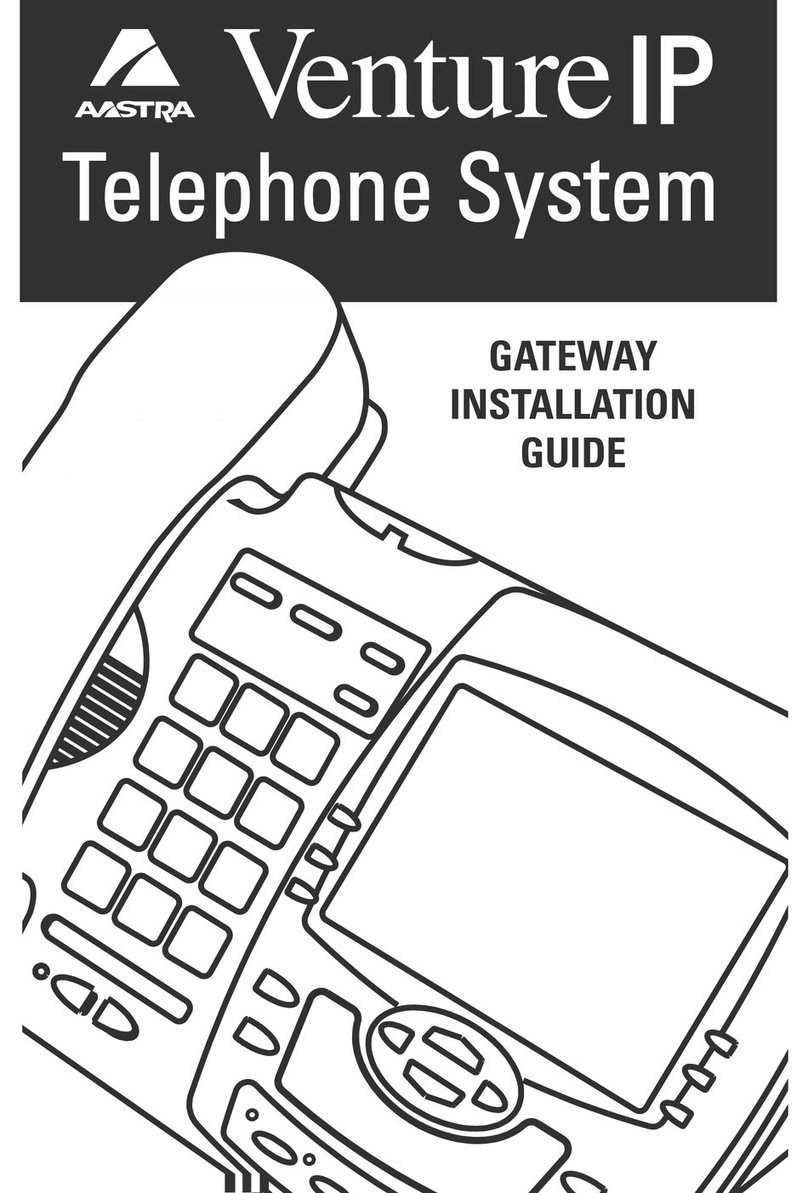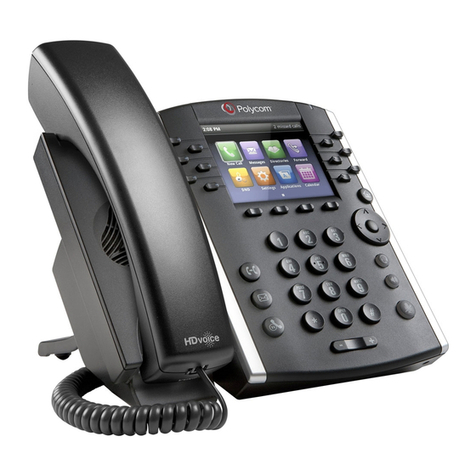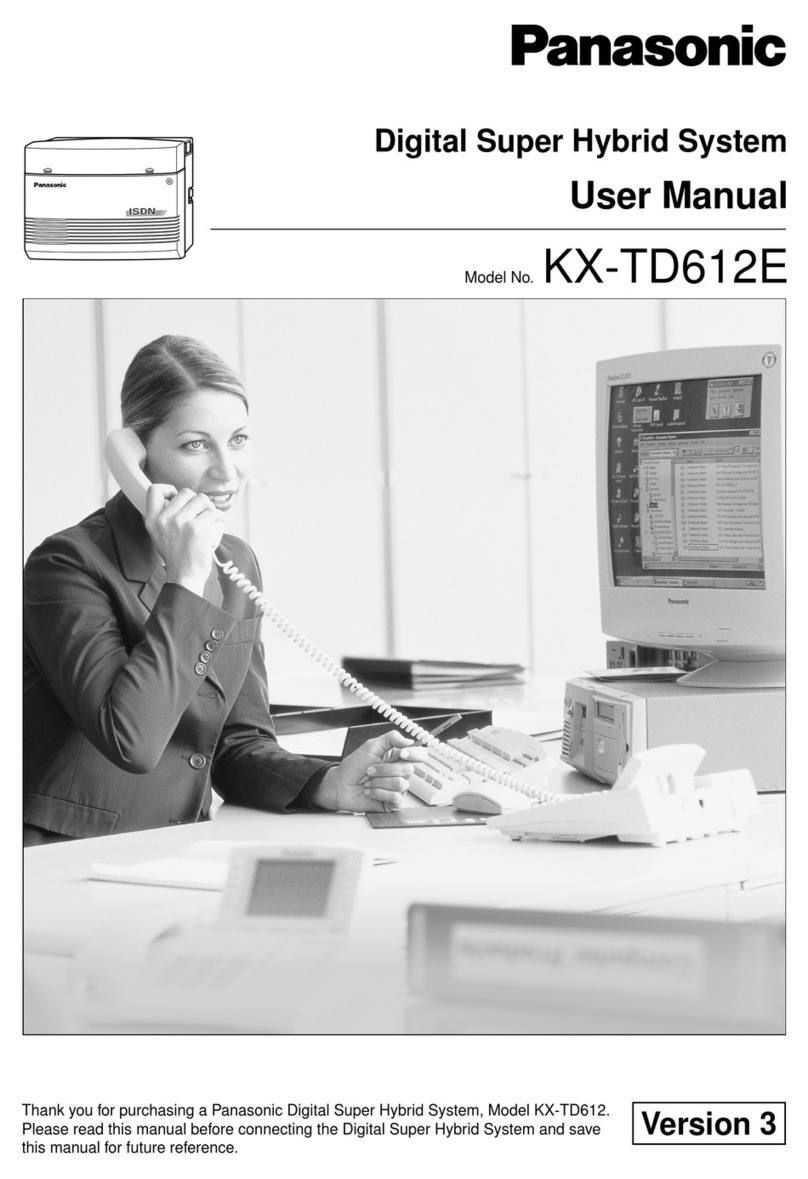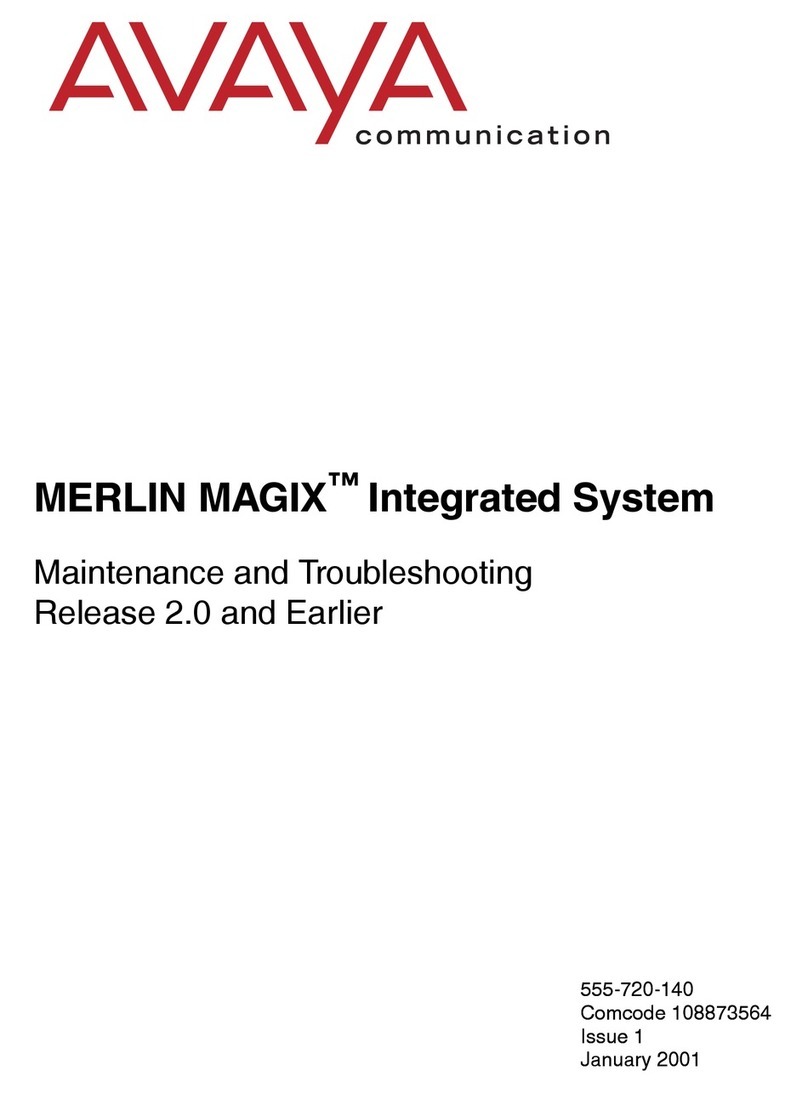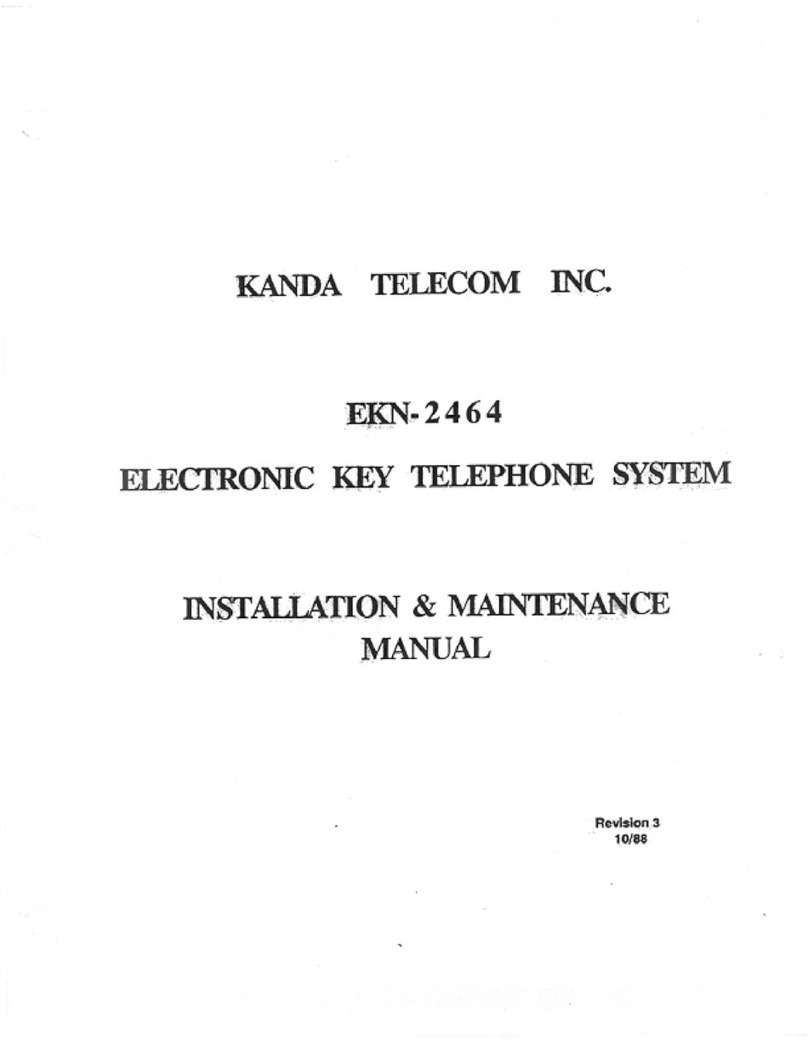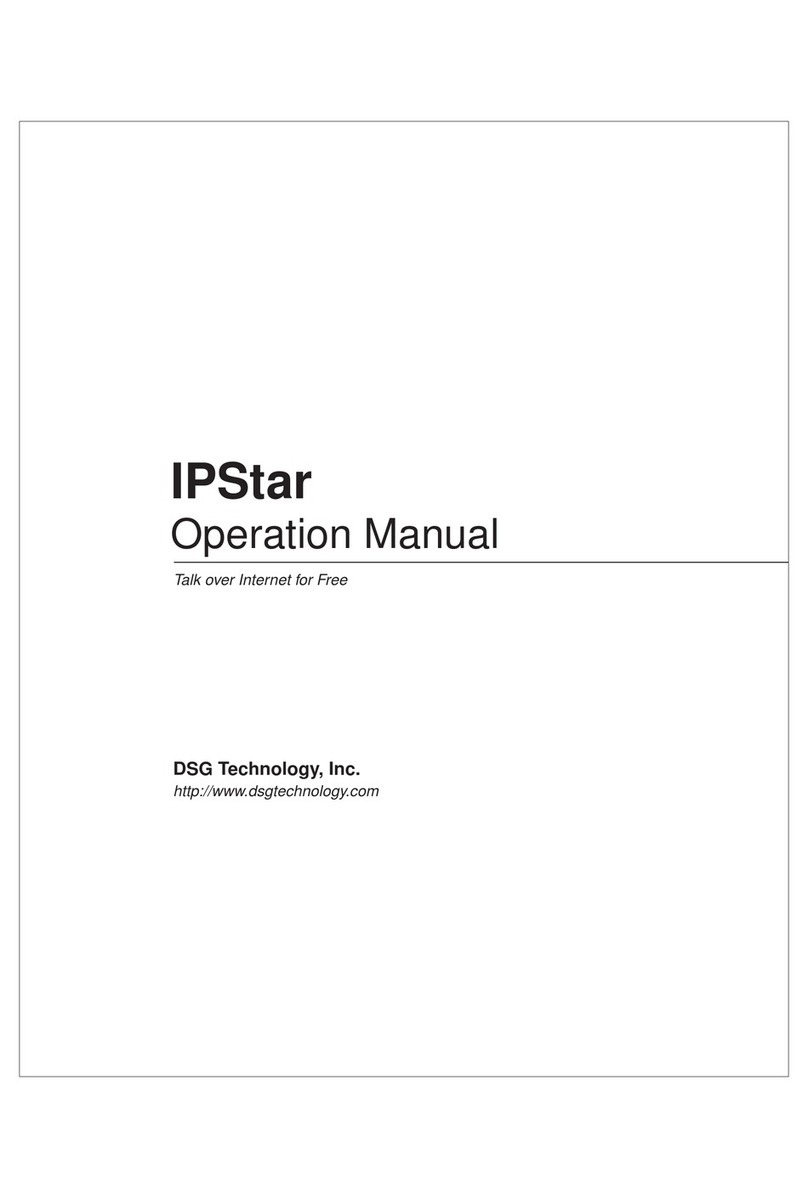General Telephone & Electronics Leich 40 Service manual




















This manual suits for next models
1
Table of contents
Other General Telephone & Electronics Telephone System manuals
Popular Telephone System manuals by other brands
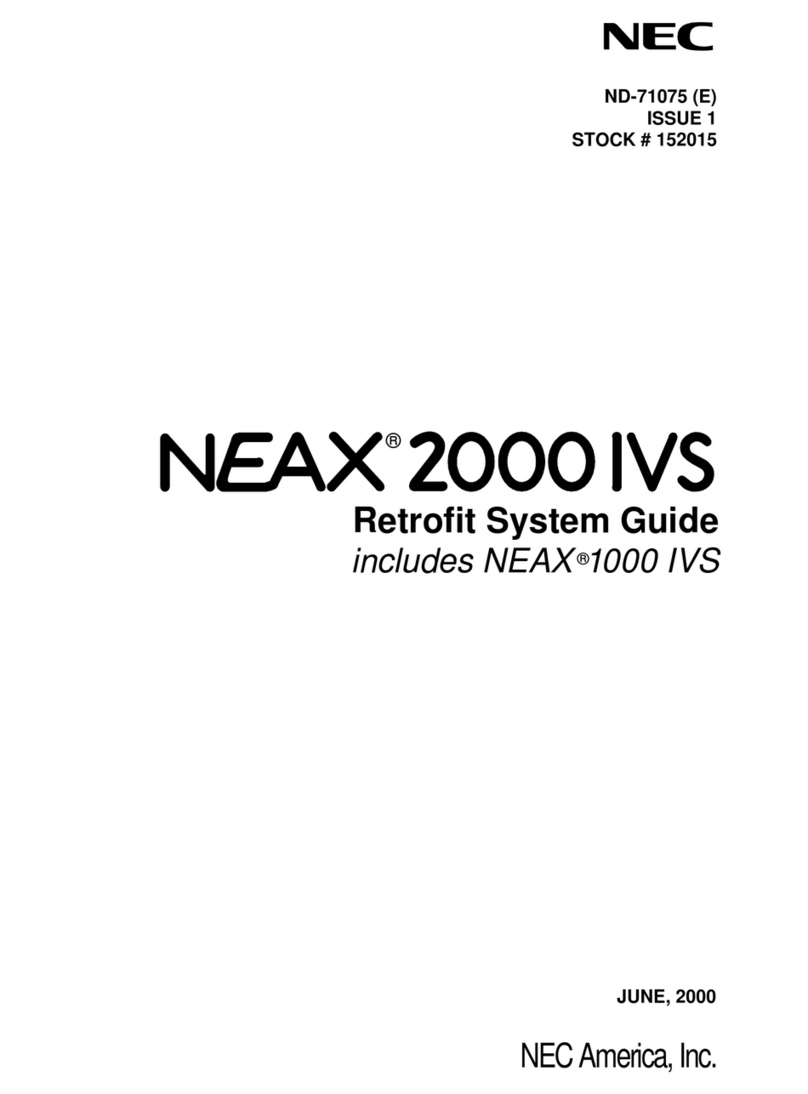
NEC
NEC NEAX 2000IVS2 Retrofit Guide
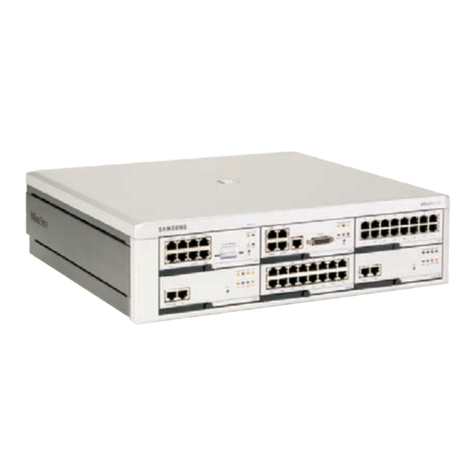
Samsung
Samsung OfficeServ 7200 General description
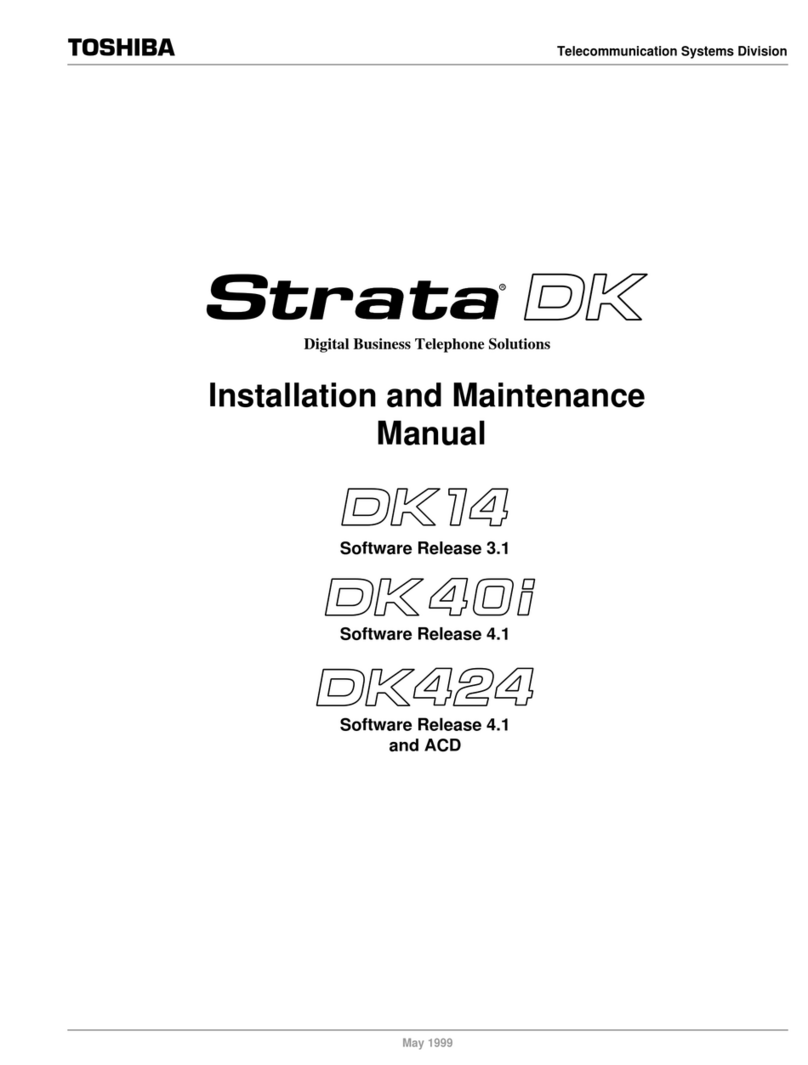
Toshiba
Toshiba Strata DK14 Installation and maintenance manual

iPECS
iPECS iPECS-MG Hardware description & installation manual
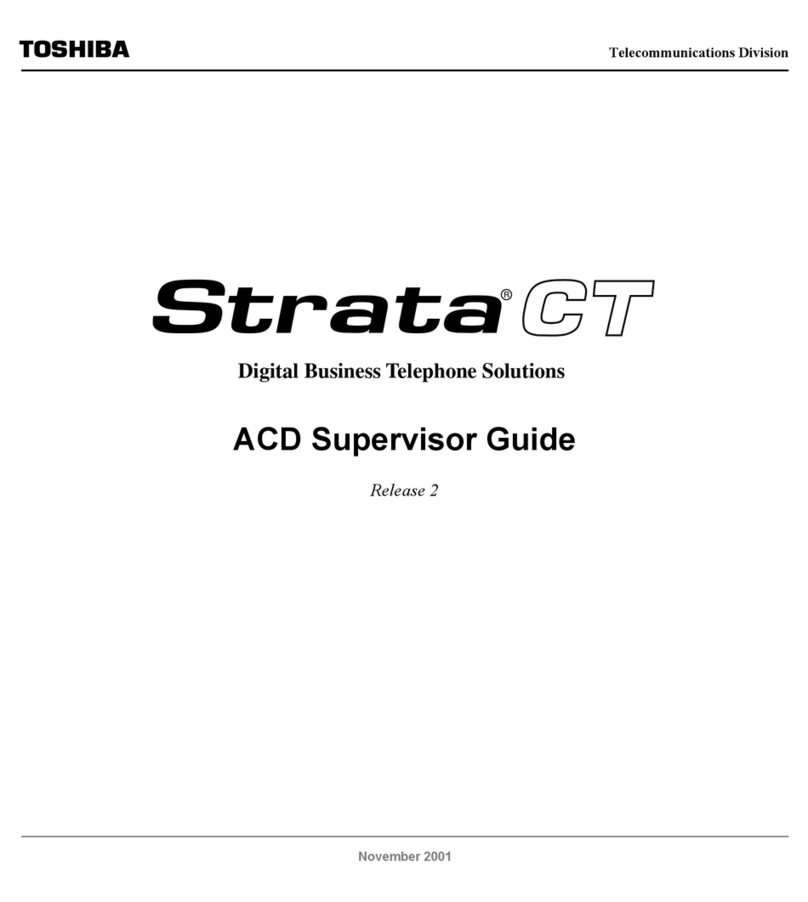
Toshiba
Toshiba Strata CT Digital Business Telephone... Supervisor guide
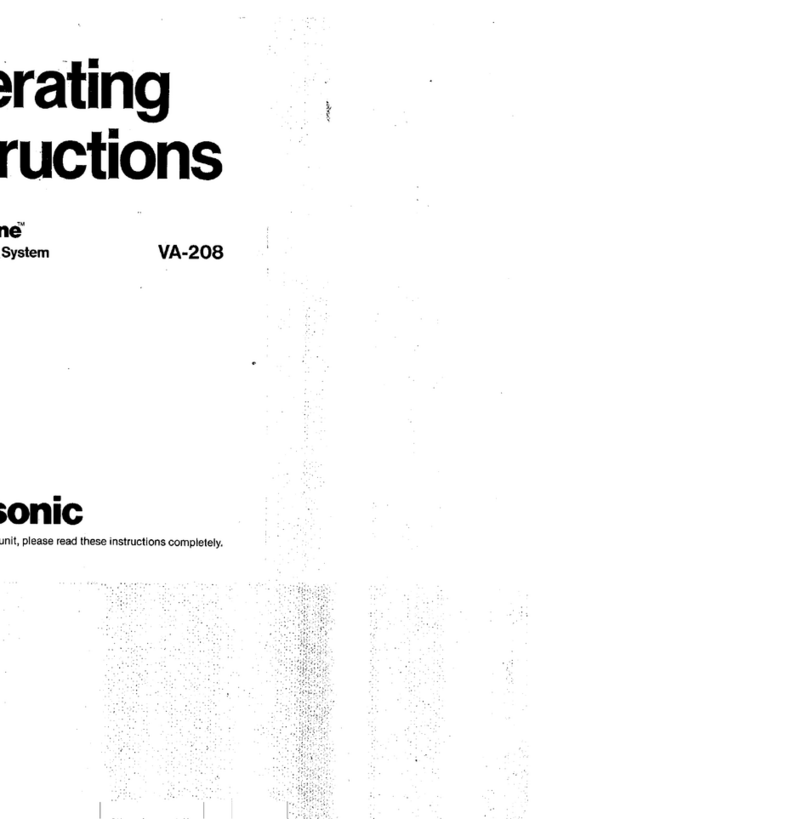
Panasonic
Panasonic Easa-Phone VA-208 Operating instruction
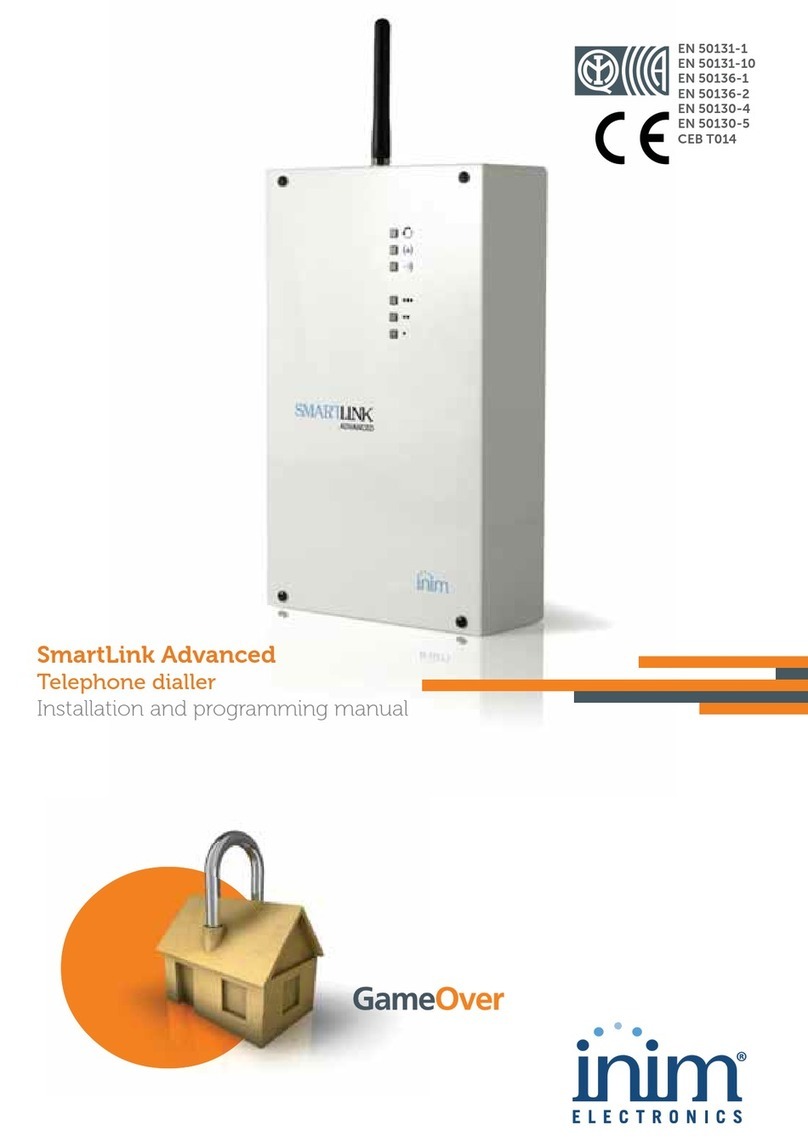
INIM Electronics
INIM Electronics SmartLink Advanced Series Installation and programming manual
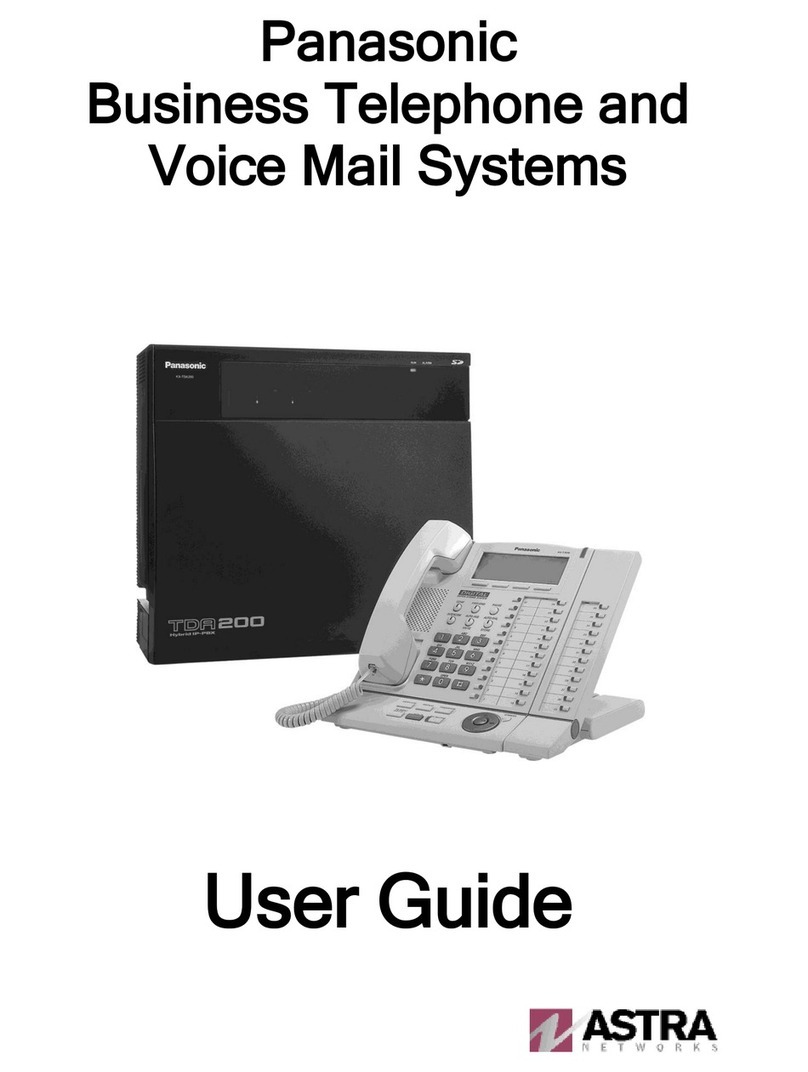
Panasonic
Panasonic TDA200 user guide
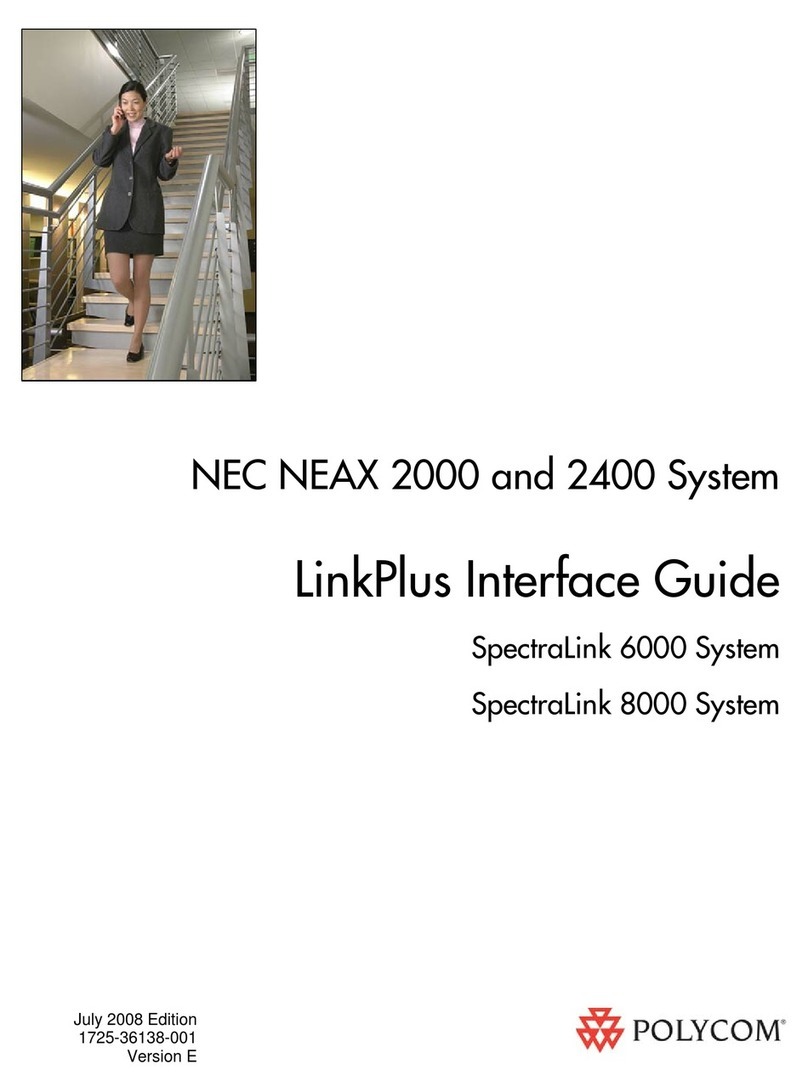
Polycom
Polycom RMX 2000 Interface guide
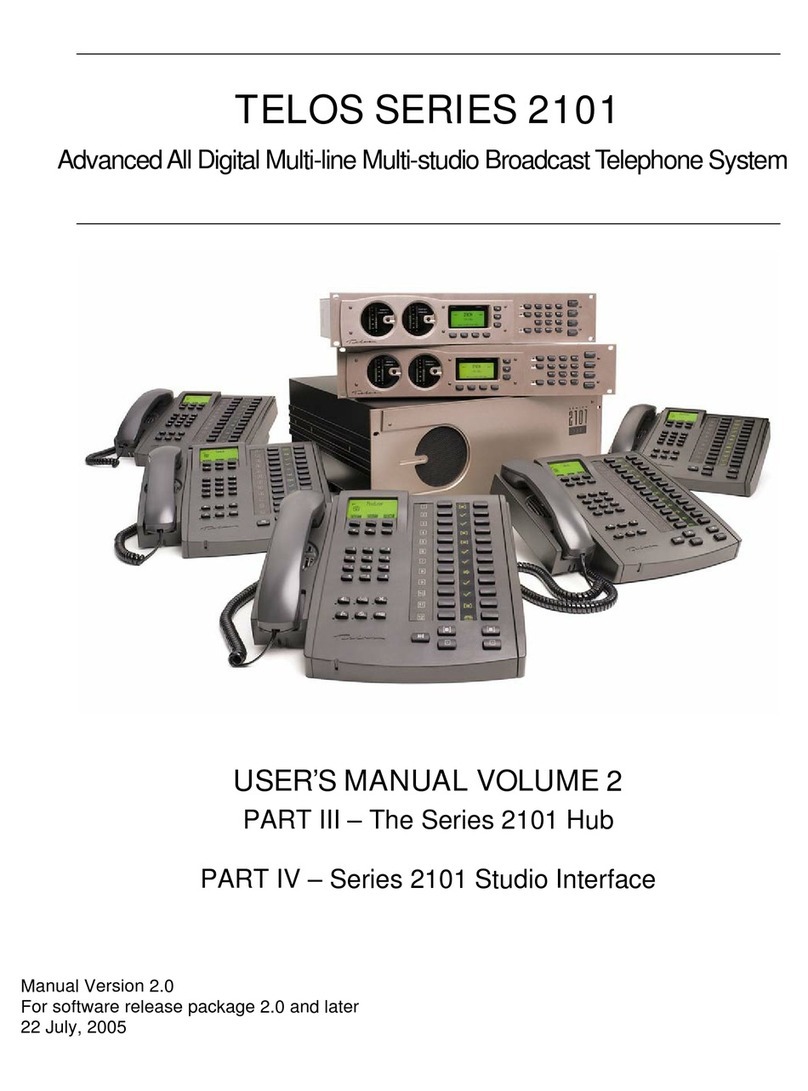
Telos
Telos 2101 Series user manual

Mircom
Mircom TX3 Series Installation and operation manual
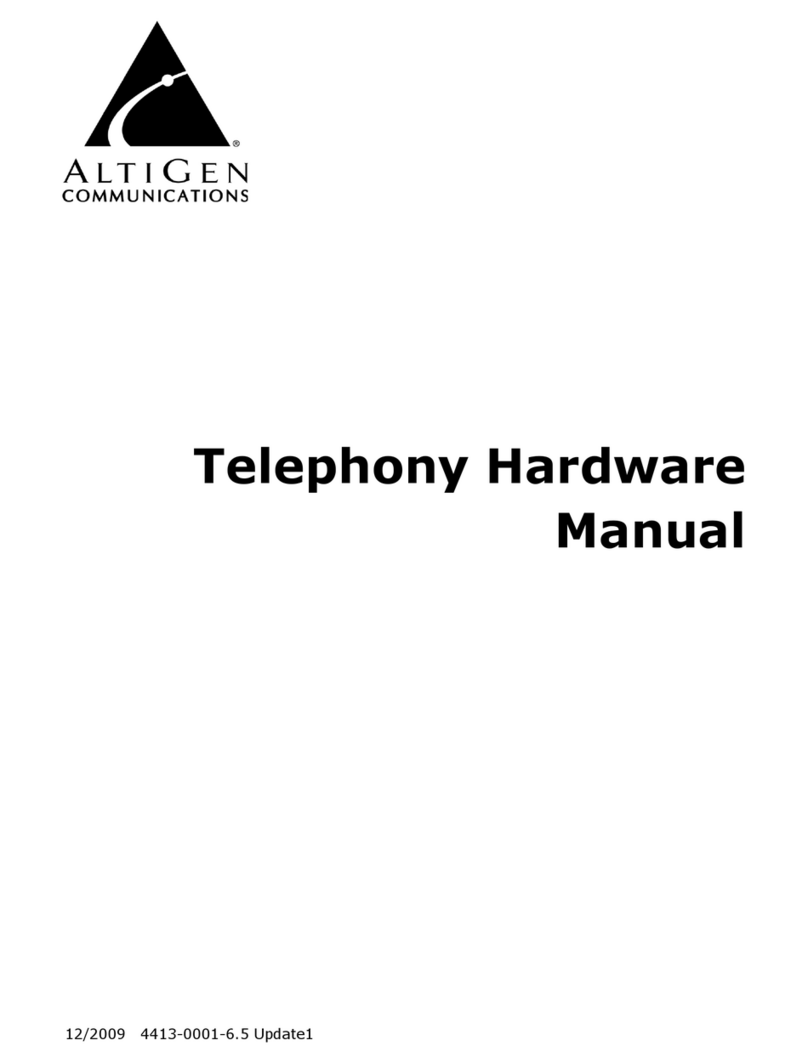
Altigen
Altigen Telephony Hardware manual

